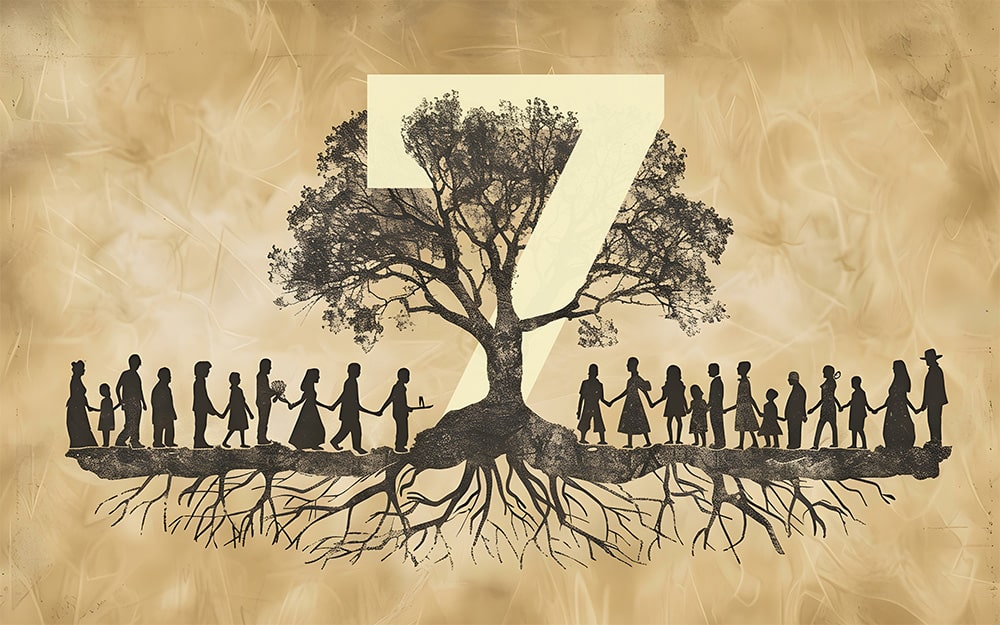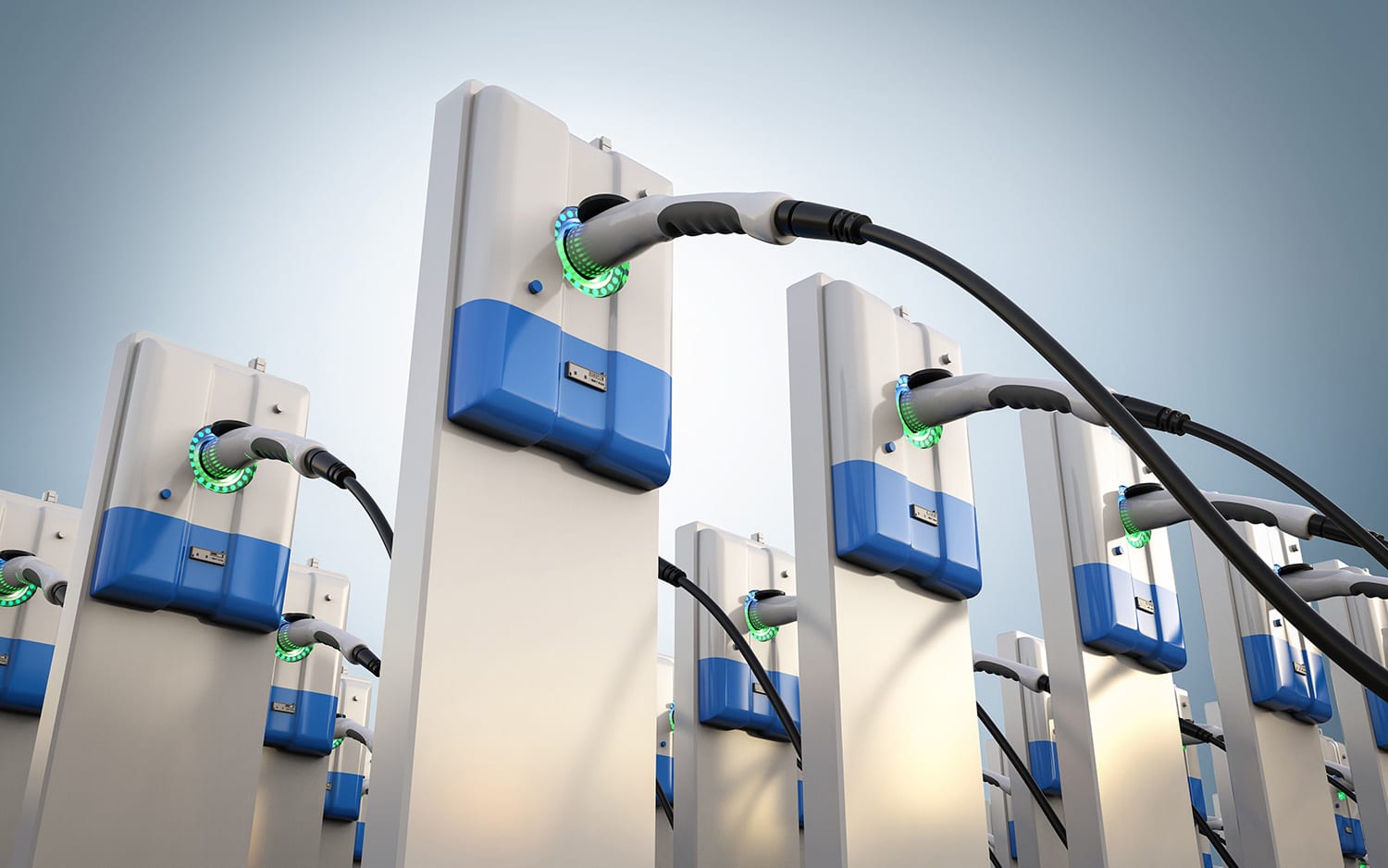INTO
THE
UNKNOWN
Picture It: Long Island, February 27, 2020 (yes, this is an homage to the Golden Girls). The last flight I would take for well over a year. My meetings that day at the hospital foreshadowed what was to come. The complimentary mask stations at the entrances and visitor desk containing full boxes when going into the meeting were just empty boxes when we left. News of COVID increased everyone’s anxiety and little did I know, Long Island would soon be a hot spot.
While COVID has certainly changed all our personal and professional lives (at least those of us in the parking industry), the effects and impact is way more than I anticipated. Early last year I anticipated things going back to normal or at least a new normal as vaccinations rolled out and the number of cases and deaths dwindled down to hardly a memory.
Then Delta came. Then Omicron. And full disclosure, around the time I started writing this article early this year, I was in the middle of my own COVID battle fighting exhaustion, sore throat, and the usual suspects (all is well now).
That unknown factor makes my job as a consultant increasingly difficult. Parking consultants are really just problem solvers that solve parking problems. However, one of the most valuable skills of a parking consultant is being able to predict the future, or at least get pretty close. For me, I know that predicting my client’s parking needs is just a by-product of human behavior, so also add psychologist to the list of valuable skills needed.

What could go wrong? Apparently, a lot. But why does this matter?
It matters because the changes caused by the pandemic make forecasting more difficult for everyone, and every one of us in every industry relies on forecasting the future. For us in the parking industry, it impacts our parking facilities (existing and new)—how we can generate revenue to operate those facilities, how we can generate revenue to cover debt service payments (the same debt service payments that appeared reasonable in a previously full garage that now sits empty).
For those in government/municipal planning, it impacts the sales and property tax revenue that is used to fund the infrastructure in our cities and towns. The parking department’s revenue may not be capable of covering expenses, and it may need to be subsidized by the general fund which is already in crisis from the other loss of revenue, development projects that were set to revitalize and redevelop downtowns may go on hold.
The office building owner may lose tenants as more employers reduce their in-office labor force in exchange for employees working from home. Now their undersized parking garage is no longer an issue, but they also lost a lot of monthly parking permit revenue as well, how do long do they have to sustain operating at a loss?
The restaurant owner must adjust their operation to purchase just the right amount of perishable ingredients to minimize waste. They must also create a new schedule for staff to ensure all customers are served but their expenses do not exceed their revenue. They must decide if they will open their dining area or just handle takeout orders, and some may decide to change their hours, menu, or completely close.
Fast forward to the present, when we were all supposed to be living in a better world and I’d be able to get back to making new predictions, so here’s what I know:
Some employers may permanently change their policies about employees working from home on a permanent basis, some will implement a hybrid model, some will downsize their office space. Landlords will have to back fill their space by finding other tenants, and for some in urban locations, they will also need to find ways to offset any lost parking revenue.
Public transit agencies may see a long-term negative impact on their ridership as people wish to prevent possible exposure or may be compromised. For those already operating in the red, things may get worse. Further, people in general may desire to own a personal vehicle to allow for more social distancing.
Previous shared parking scenarios must be re-evaluated now that residents are staying home all day, occupying their parking space. But that may not really matter if the restaurant is serving 90% take-out orders and the office building is 50% vacant. If that changes, then it may matter, and they may not have enough parking again.
I really know nothing anymore about the future, but I do know a little about the present.
The pandemic has caused and still causes some pent-up “need” for all of us to get out and at least feel normal. People need to get out of their homes, and they need to feel “normal” even though the pandemic has caused so many things to not be normal. This goes back to the yin and yang of trying to find the balance between our physical health and our mental well-being. As someone with young children (like many of you) this has been a particularly difficult balance.
Does this mean I stopped trying to predict the future? Not at all. I just do it now with a little more clarity about the number of possibilities and some of those unknown factors.

While the unknowns can be scary, it also allows for a little more creativity and flexibility when trying to predict the future. Yes, this is still an uncertain time for many, especially us parking professionals. But as our industry has so often been on the cutting edge of technology advancements and even real estate, we are now presented with an opportunity to work with our clients to find resourceful ways to bring people back to parking.
The potential reticence to returning to public transit may be an opportunity at least in the short term, and for some even long term. While we may not get back to full capacity in those previously filled parking facilities in commercial business districts that served employees who now work from home, there may still be a gradual return to work even if not five days a week. In the coming months we may have a better idea of how companies plan their “return to work” strategies, which will give us a better understanding of the parking needs at least in the next few years.
Once we have that data, we will be able to work with clients to identify more strategic opportunities to promote parking to a potentially new audience of customers who may not have needed parking in the past or may have opted for alternatives due to lack of parking availability. There may be the potential to identify strategic partnerships with others such as restaurants, concert venues, and other entertainment destinations who have also suffered during this time.
As vaccination rates increase, and people begin to feel more comfortable going out, they are going to want to make up for the lost time of nearly two years spent mostly at home. While the demand may not get back to what we knew for so many years, there is an opportunity here to harness that demand for experiences and take a more strategic approach to getting people back out, and as a result back into our parking facilities.
We may be able to use the approaches we once took to meeting the challenges of excessive parking demands with minimal supply and flip the script to attract new and previous parkers to parking facilities that now have capacity to serve them. Their needs, destinations, and frequency may be different than they once were, but at the end of the day people still want to get out and do things—now more than ever—and they will need a place to park when they do.
Of course, there are still many unknowns. But this isn’t the first time parking professionals have had to get creative to help our clients solve their problems. We can do it again.
Vicky Gagliano, CAPP, LEED AP, is director of parking studies for THA Consulting.
-
This author does not have any more posts.

Seven-Generation Decision-Making
A major factor of sustainability is thinking about how we

Ready, Set, Plug-In
EV Readiness Perspectives

What “green” practices can we expect to see more of in the next five years?
Aside from electric and automated vehicle use, what “green” practices





